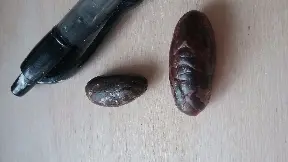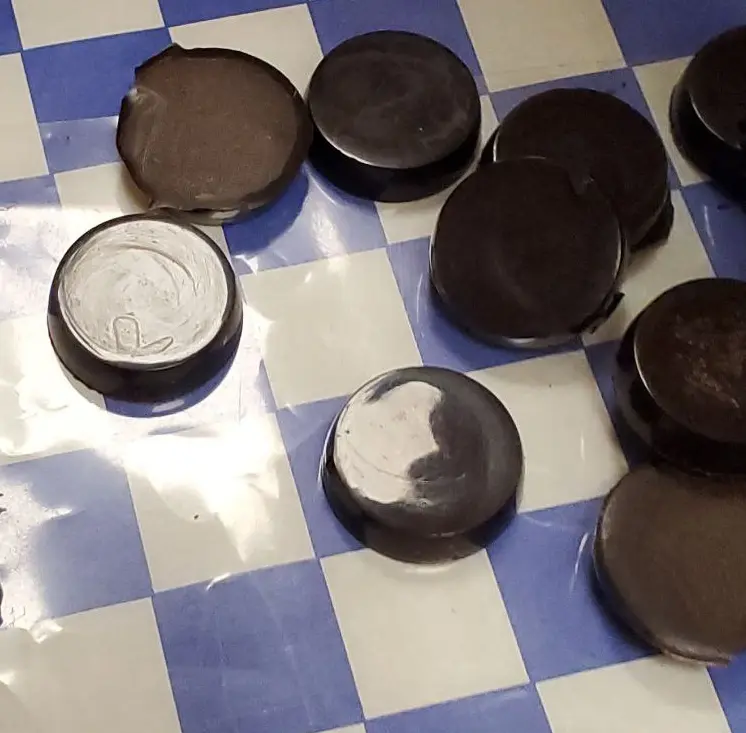Winnowing cocoa is the most inconsequential task in making chocolate. Not.
Winnowing cocoa is the most inconsequential task in the chocolate industry. Not.
I've assembled a few websites on the subject of removing the shells from the cocoa bean.
Wild Mountain Chocolate: Cocoa beans are covered by a thin shell that MUST be removed before they can be ground into chocolate. Winnowing is the process of removing the outer shell of the cocoa bean in a way that ensures the meat of the cocoa bean is left mostly intact. Winnowing is an ancient agricultural process used to remove chaff from grain.
Nemisto: Our machines are unequalled in their efficiency. The adjustments are super precise so the results are amazing.
Grooved rollers crush the cocoa beans into tiny pieces; the crushed kernels which result are known as nibs. A powerful stream of air and several sieving and vibratory stages separate the lighter shells and any remaining impurities from the cocoa nibs.
A good winnower is very important for making chocolate. We have the right machines for all workshops and manufacturers. Perfectly tuned so that the loss of good cacao nibs is minimal.
... an efficient vacuum system where the husk is separated (presence < 1%).
Multiple control points in the feeder, suction and the flow system allow you to control the degree of separation of the husk from the nibs easily and finely. One or two passes can produce a 98% separation easily.
Remaining impurities = dirt, pulp, shell fragments and cocoa nibs.
Did you notice that 2% is acceptable?
Our technique leaves 0% shell casing in your chocolate.

 There is a secret in the chocolate industry. When deciding which chocolate brands are responsive stewards of Nature's resources, you need to know their secret. For example, chocolate manufacturers oxidize cocoa beans for an insane three days.
There is a secret in the chocolate industry. When deciding which chocolate brands are responsive stewards of Nature's resources, you need to know their secret. For example, chocolate manufacturers oxidize cocoa beans for an insane three days.